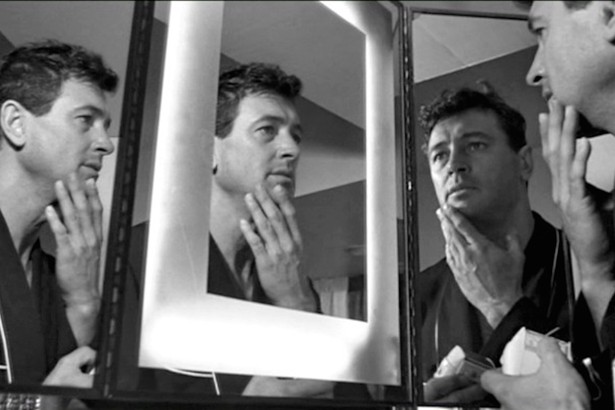Soon or later (and I’d bet the latter), life will be radically extended, which will be wonderful, though great quantity doesn’t necessarily guarantee equal quality. Even beyond the very practical questions of initially costly miracle medical treatments becoming available during a time of yawning wealth inequality, philosophical queries abound: Would infinite chances reduce the meaning of all of them? If procrastination knew no costs, would a need to achieve diminish? When there’s no more midlife crisis, will the whole thing seem like a crisis?
The end of aging will surely be complicated ethically, economically and culturally, but considering the enormous positives such an advance would deliver, it’s a cross we can bear.
On this topic, Vice presents the opening of Eve Herold’s new book, Beyond Human, which wonders about the myriad ramifications of Transhumanism and amortality. There’s a graceful introduction to the piece written by Kate Lowenstein, an excellent person I worked with some years ago.
Herold’s first two paragraphs:
Meet Victor, the future of humanity. He’s 250 years old but looks and feels 30. Having suffered from heart disease in his 50s and 60s, he now has an artificial heart that gives him the strength and vigor to run marathons. His type 2 diabetes was cured a century ago by the implantation of an artificial pancreas. He lost an arm in an accident, but no one would know that he has an artificial one that obeys his every thought and is far stronger than the original. He wears a contact lens that streams information about his body and the environment to his eye and can access the internet anytime he wants through voice commands. If it weren’t for the computer chips that replaced the worn-out cells of his retina, he would have become blind countless years ago. Victor isn’t just healthy and fit; he’s much smarter than his forebears now that his brain has been enhanced through neural implants that expanded his memory, allow him to download knowledge, and even help him make decisions.
While 250 might seem like a ripe old age, Victor has little worry about dying because billions of tiny nanorobots patrol his entire body, repairing cells damaged by disease or aging, fixing DNA mistakes before they can cause any harm, and destroying cancer cells wherever they emerge. With all the advanced medical technologies Victor has been able to take advantage of, his life has not been a bed of roses. Many of his loved ones either didn’t have access to or opted out of the life-extending technologies and have passed away. He has had several careers that successively became obsolete due to advancing technology and several marriages that ended in divorce after he and his partners drifted apart after 40 years or so. His first wife, Elaine, was the love of his life. When they met in college, both were part of a movement that rejected all “artificial” biomedical interventions and fought for the right of individuals to live, age, and die naturally. For several decades, they bonded over their mutual dedication to the cause of “natural” living and tried to raise their two children to have the same values.•


